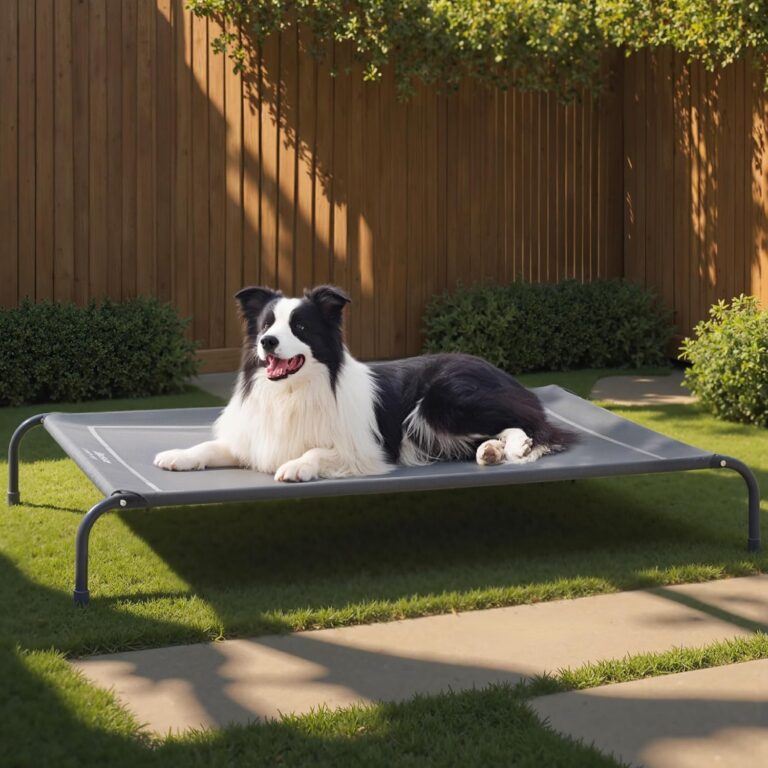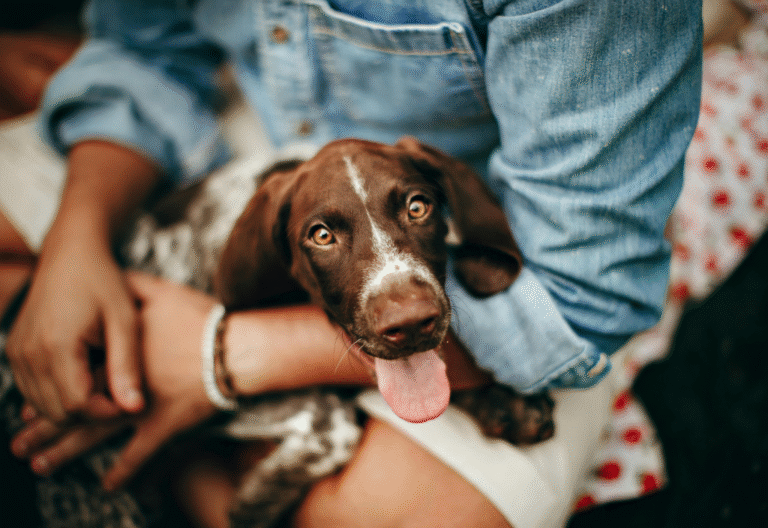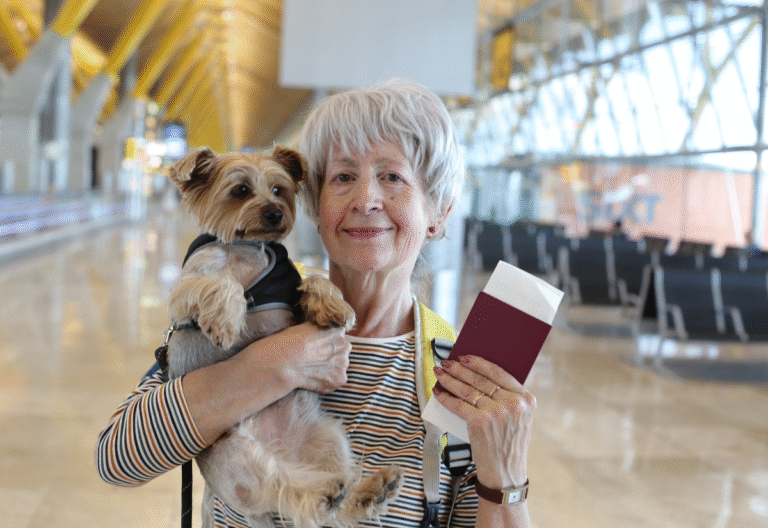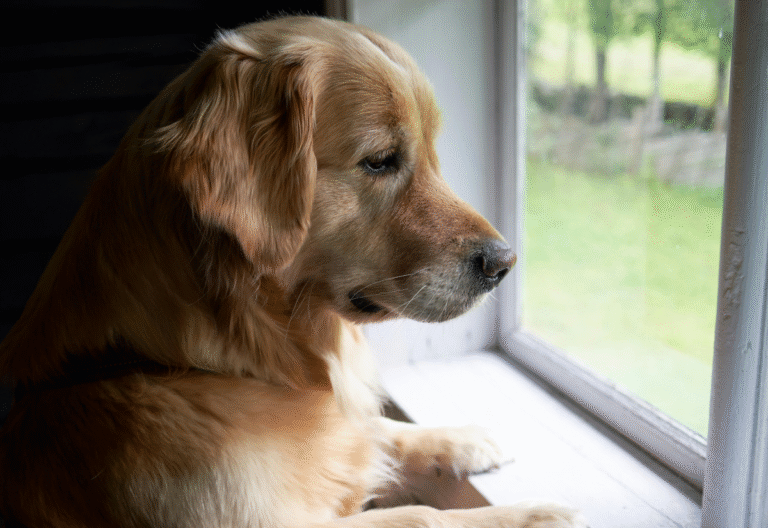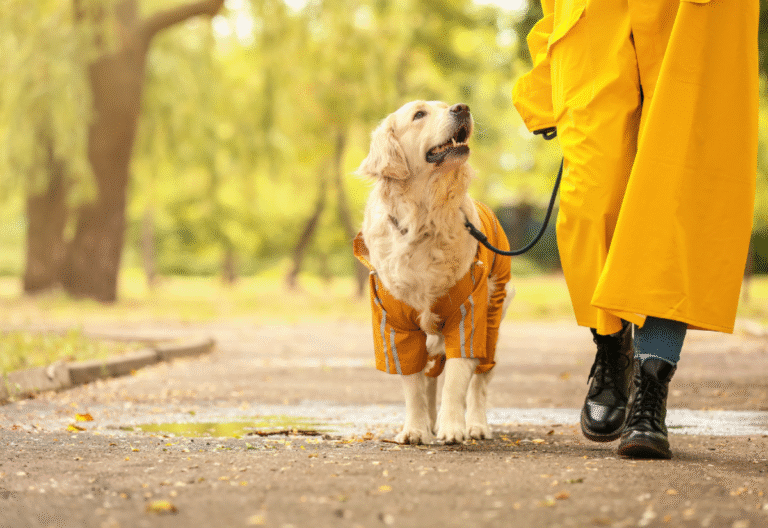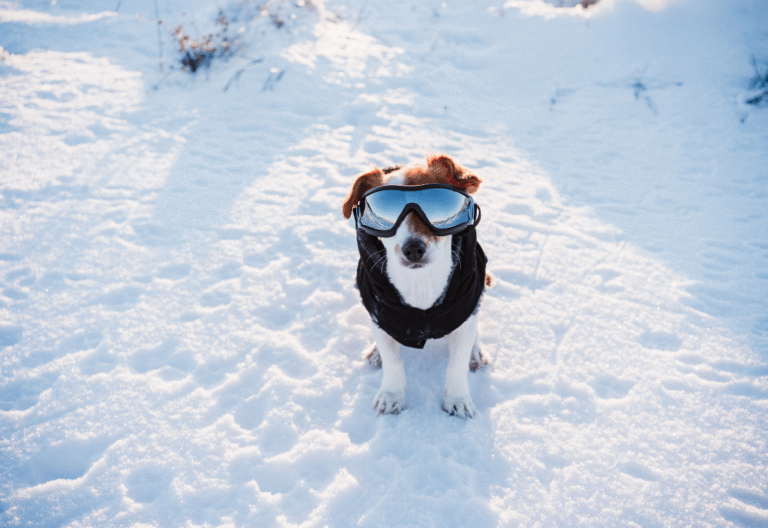How to Create a Senior-Dog-Friendly Garden Space: A Safe and Soothing Outdoor Haven
As our dogs age, their needs and abilities change—and so should the spaces they enjoy most. Understanding how to create a senior-dog-friendly garden space ensures your beloved companion can continue to explore, relax, and enjoy the outdoors safely and comfortably. From accessible pathways to sensory stimulation, a thoughtfully designed garden becomes more than just a backyard—it’s a peaceful retreat that supports your dog’s health, mobility, and happiness. Whether you’re starting from scratch or adapting your existing yard, learning how to create a senior-dog-friendly garden space can dramatically improve your aging pet’s quality of life.

Assess Your Dog’s Individual Needs Before Planning
Before diving into the design, take time to understand your senior dog’s unique physical and emotional needs. Older dogs often experience reduced vision, hearing loss, arthritis, and decreased stamina—all of which affect how they navigate outdoor spaces.
Start by observing your dog’s daily habits:
- Where does your dog naturally gravitate for rest or exploration?
- Notice any mobility challenges with uneven ground, stairs, or jumping
- Watch for signs of temperature sensitivity or fatigue
- Identify areas where your dog seems anxious or reluctant to go
This observation period helps you design with purpose rather than guesswork. Your senior dog will tell you what they need if you pay attention to their behavior and limitations.
Design Gentle, Non-Slip Pathways
Safe, stable footing is essential when you create a senior-dog-friendly garden space. Gravel, loose mulch, and uneven stones can be painful on tender paws and treacherous for arthritic joints.
Recommended Pathway Materials:

- Rubber pathway tiles – Excellent shock absorption and grip
- Artificial turf – Soft, consistent surface with drainage
- Decomposed granite – Firm yet paw-friendly when properly compacted
- Poured rubber surfaces – Seamless, cushioned, and easy to clean
Design Tips:
- Make pathways at least 3-4 feet wide to accommodate wobbling or mobility aids
- Use gently curved paths instead of sharp turns
- Install ramps with a 1:12 slope ratio for easy navigation (Product: Pet Gear Travel Lite Tri-Fold Ramp)
- Add solar-powered pathway lights for visibility at night (Product: URPOWER Solar Lights)
These modifications reduce slip-and-fall risks while making outdoor time more enjoyable for dogs with limited mobility.
Incorporate Shady Resting Spots and Climate Control
Senior dogs tire quickly and struggle with temperature regulation. Multiple comfortable rest areas throughout your garden give your dog options for relaxation at different times of day.
Rest Area Essentials:

- Elevated orthopedic beds – Keeps dogs off hot or cold ground while supporting joints
- Cooling mats – Self-cooling gel technology for hot days
- Shade structures – Pergolas, shade sails, or large umbrellas positioned strategically
- Outdoor dog houses – Insulated options with elevated floors
- Outdoor fans – Battery-operated or solar fans for air circulation
Position these rest spots near water sources and along pathways so your dog doesn’t have to travel far when they need a break.
Choose Safe, Non-Toxic Plants
Many common garden plants are toxic to dogs, and seniors may be more vulnerable to plant poisoning due to weakened immune systems. Avoid azaleas, lilies, sago palms, tulips, and daffodils.
Dog-Safe Plant Recommendations:
Aromatic Herbs:
- Lavender – Calming scent, insect repellent
- Rosemary – Safe and fragrant
- Basil – Non-toxic and aromatic
- Thyme – Ground cover that withstands light traffic
Flowers & Color:
- Marigolds – Bright, cheerful, pest-deterrent
- Sunflowers – Visual interest, edible seeds
- Zinnias – Colorful and completely safe
- Snapdragons – Pet-friendly annual
Textures & Greenery:
- Spider plants – Safe and easy to grow
- Boston ferns – Soft, lush texture
- Ornamental grasses – Gentle movement and sound
- African violets – Safe indoor/outdoor option
Important: Always skip chemical fertilizers and pesticides. Use organic alternatives like:
Add Gentle Sensory Stimulation
Even with diminished senses, your senior dog can still enjoy enriching garden features that engage sight, sound, smell, and touch.
Multi-Sensory Garden Elements:
Auditory:

- Soft bamboo wind chimes – Gentle, natural sounds
- Small water fountain or bubbler
- Rustling ornamental grasses
Olfactory:
- Scent garden with dog-safe herbs in raised beds
- Fresh herbs like mint (contained in pots to prevent spreading)
Visual:

- Brightly colored flowers at nose level
- Slow-moving elements like pinwheels or garden flags
- Bird feeders to attract wildlife for gentle entertainment
Tactile:
- Different textured surfaces – smooth stones, soft moss, grass varieties
- A small digging area with soft sand (if your dog enjoys this)
These features provide mental stimulation without overwhelming your dog’s senses.
Ensure Security and Easy Accessibility
Safety and security become even more critical for senior dogs who may experience cognitive decline or sensory loss.
Security Checklist:
- Install or repair fencing to minimum 4-foot height with no gaps
- Use self-closing gate latches
- Check weekly for escape routes, digging spots, or fence damage
- Consider a GPS collar for dogs prone to wandering
Accessibility Features:
- Install a doggy door with ramp access
- Remove or replace high thresholds between house and garden
- Create a transition zone with non-slip matting
- Ensure pathways are well-lit for evening bathroom breaks
Create Shared Spaces for Bonding
Your presence is the most important element of any garden. Design comfortable areas where you can spend quality time together.
Shared Space Ideas:

- Weatherproof bench or chair near your dog’s favorite sunny spot
- Outdoor ottoman or cushions at ground level for closer interaction
- A small table for your morning coffee while your dog lounges nearby
- Hammock or swing positioned where you can keep an eye on your dog
These moments of companionship in a peaceful setting strengthen your bond and bring daily joy to both of you. Your senior dog wants nothing more than to be near you, even if they’re just napping at your feet.
Maintenance: Keep Comfort a Priority Year-Round
Regular maintenance ensures your senior-dog-friendly garden remains safe and inviting through all seasons.
Monthly Maintenance Tasks:
- Walk the garden checking for hazards – loose pavers, exposed roots, thorny overgrowth
- Clean water features to prevent algae and bacteria
- Refresh mulch or pathway materials as needed
- Inspect fencing for damage or gaps
- Wash outdoor bedding and refresh cooling mats
Seasonal Adjustments:
- Summer: Add extra shade, keep cooling mats available, check water bowls multiple times daily
- Fall: Clear fallen leaves from pathways to prevent slipping
- Winter: Salt-free ice melt on pathways (Product: Safe Paw Ice Melter), add warm bedding to shelters
- Spring: Inspect for winter damage, refresh plantings, check fence integrity
Final Thoughts

Creating a senior-dog-friendly garden space is one of the most meaningful gifts you can give your aging companion. It’s about more than aesthetics—it’s about adapting your outdoor environment to meet the changing needs of a dog who has given you years of unconditional love.
By focusing on safety, comfort, accessibility, and gentle enrichment, you transform your garden into a therapeutic space where your senior dog can continue to experience joy, curiosity, and peace. Every soft pathway, shady rest spot, and sensory element tells your dog that you understand their needs and value their comfort.
Remember, how to create a senior-dog-friendly garden space isn’t about perfection—it’s about thoughtful adaptation. Start with the most critical safety features, then gradually add comfort and enrichment elements as your budget and time allow. Your senior dog will appreciate every small improvement you make.
The golden years are precious. Make them comfortable, safe, and full of sunshine, shade, and the joy of simply being together in a space designed with love.
💌 Want more gentle-living tips for senior dogs? Join our email list for weekly updates and exclusive resources!

